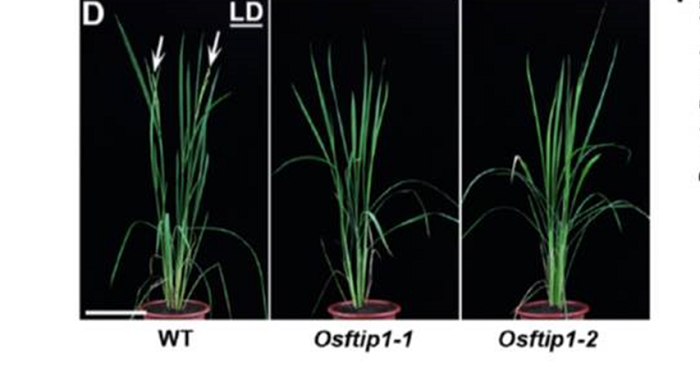
OsFTIP1 is required for transport of rice flowering signal (florigen)
Plant Science Research Weekly, Research0 Comments
/
Flowering at the right time of year is crucial for plant reproductive success, so in many plants the transition to reproductive growth is sensitive to daylength. In recent years, the daylength-responsive signal that moves from leaves to the shoot apical meristem, florigen (encoded by FLOWERING LOCUS…
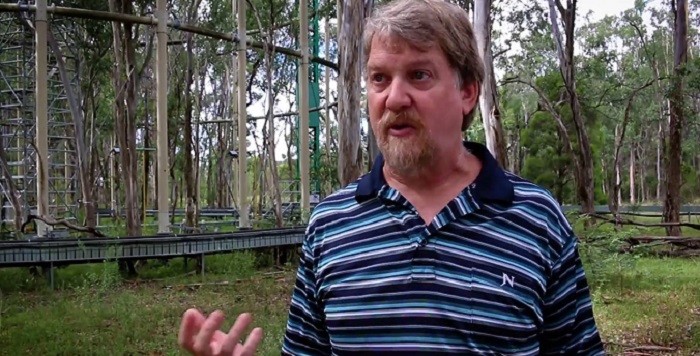
Trees' ability to store carbon in doubt after groundbreaking Australian study
Blog, Research, Research BlogThe ability of trees to offset carbon emissions has been questioned after a Western Sydney University study found common Australian trees are unable to store as much carbon as previously thought.
Published in the Nature Climate Change journal, the research found that Australia's iconic Eucalyptus…
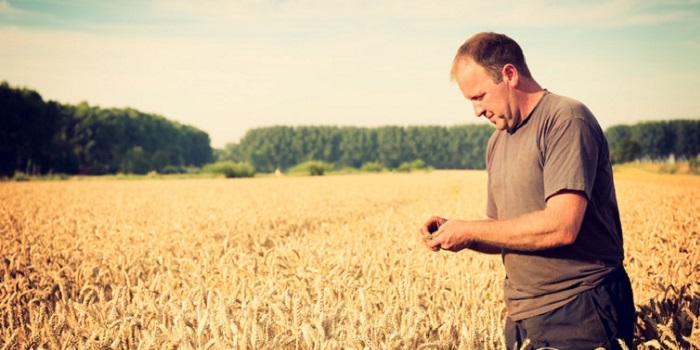
As global food demand rises, climate change is hitting our staple crops (The Conversation)
Blog, Research, Research Blog
Farmers face falling crop yields and growing food demand.
ShutterstockAndrew Borrell, The University of Queensland
Climate change and extreme weather events are already impacting our food, from meat and vegetables, right through to wine. In our series on the Climate and Food, we’re looking at…
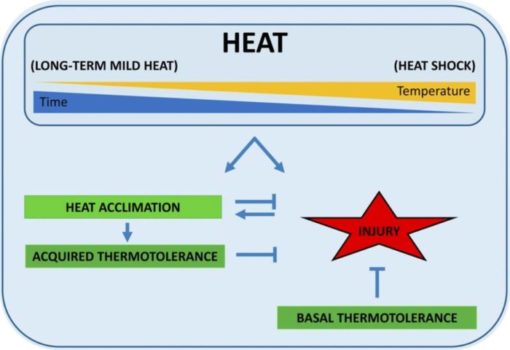
Update: Pollen Development at High Temperature: From Acclimation to Collapse
Plant Physiology: Updates, ResearchThe seeds and fruits derived from the sexual reproduction of flowering plants constitute the major part of the human diet. Our capacity to generate sufficient crop yield is increasingly compromised by human population expansion, competition for land use, biodiversity loss, and global climate change.…
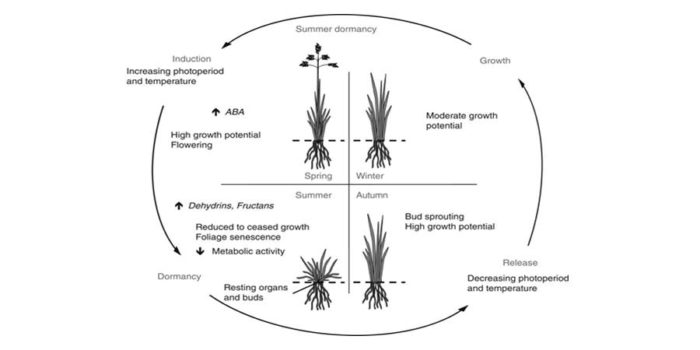
Review: Winter and summer dormancy: similar adaptive strategies?
Plant Science Research Weekly, ResearchDormancy (growth arrest) is a state by which seeds and plants can survive harsh conditions. Seasonal dormancy is a strategy to survive seasonally unfavorable conditions. Plants can display winter and summer dormancy. Although woody species are the main study systems for winter dormancy, herbaceous species…
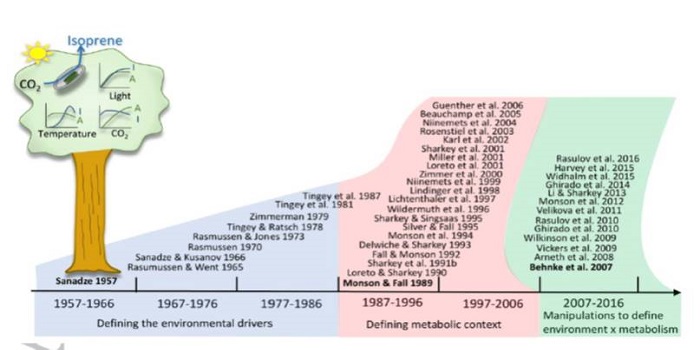
Review: Isoprene research – 60 years later, the biology is still enigmatic ($)
Plant Science Research Weekly, ResearchSixty years ago, the first report of isoprene (C5H8; 2-methyl-1,3-butadiene) emissions from plants was published. Isoprenes are the largest source of non-methane hydrocarbons in Earth’s atmosphere; furthermore, isoprene is reactive in atmospheric chemistry and can be converted into a variety of harmful…
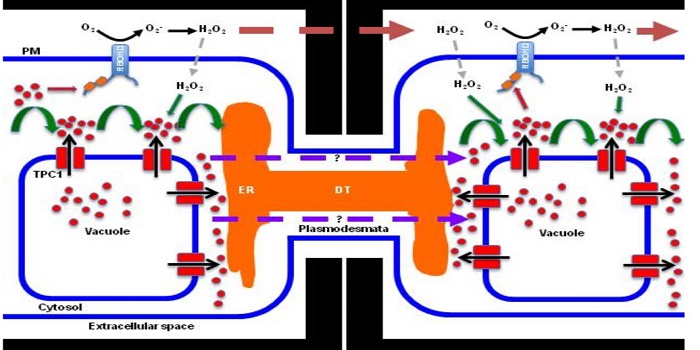
Review: Rapid long-distance signaling with Ca2+, ROS and electrical signals ($)
Plant Science Research Weekly, ResearchThere is ample evidence for rapid, long-distance communication within plants, but our understanding of how these signals are transmitted is incomplete. Choi et al. review recent advances in intercellular signal propagation via Ca2+, reactive oxygen species (ROS) and electrical signals; these “fast”…
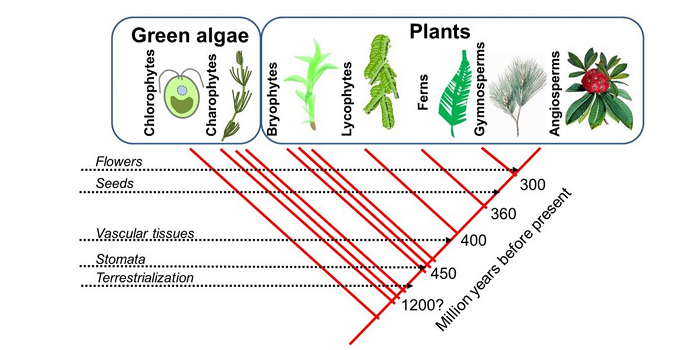
From LUCA to Lily: 12 perspectives for teaching about plants
Blog, Education, Resources, Resources, Undergraduate
The other day I was talking to a friend about the need to demystify plants, so that teachers feel as confident in their teaching of plant biology as they do about animal biology. I wonder if sometimes we teach plants too much in isolation, so it’s not always clear how plants relate to other organisms…
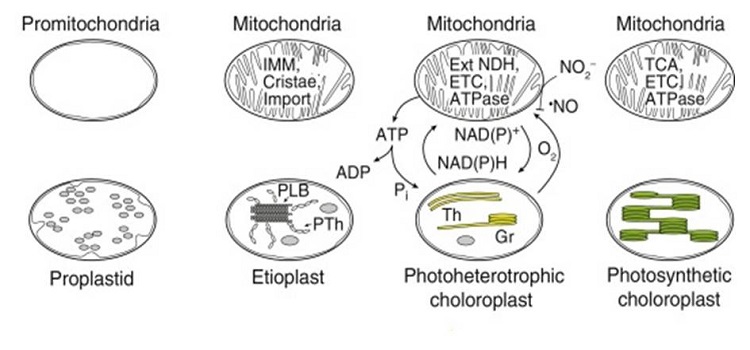
Review: Developmental phase transitions in oxygen status ($)
Plant Science Research Weekly, ResearchHypoxia is a condition in which oxygen availability is insuffient to support normal cellular functions. Hypoxia is often associated with stress such as flooding, and responses to hypoxia include increased glycolytic activity and fermentation. Considine et al. review the role lf hypoxia and tissue oxygen…

